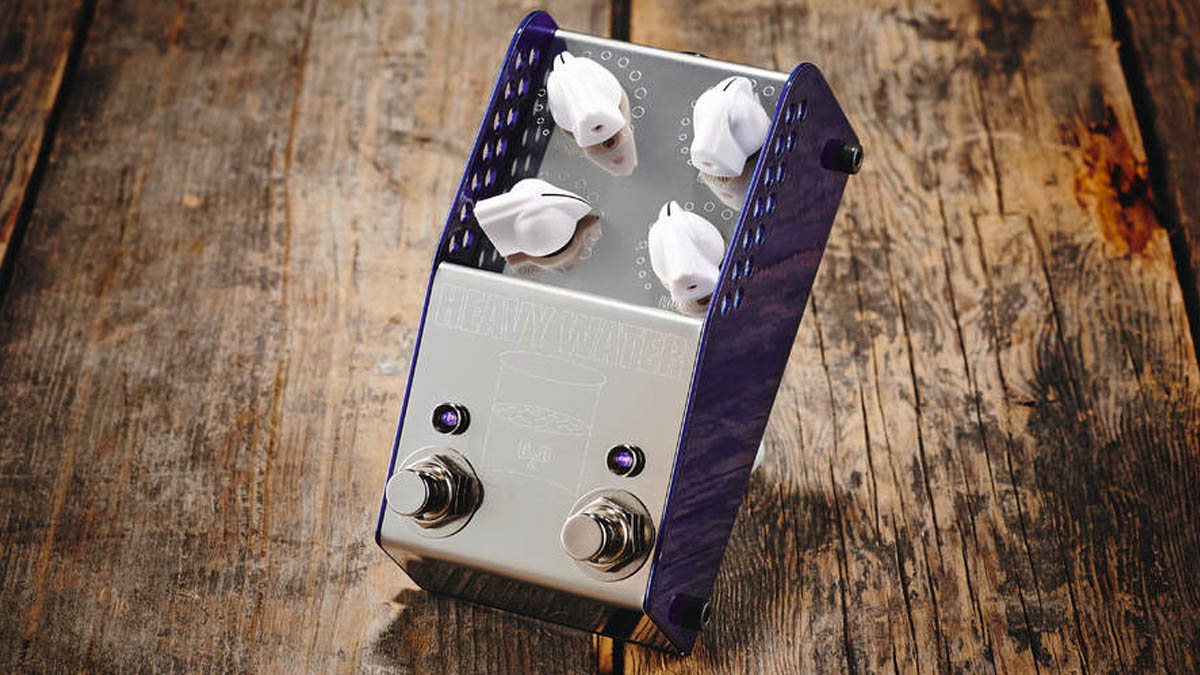Guitar World Verdict
The Heavy Water is one versatile dual boost. Use it to wallop the front end of your amp or as an always-on secret weapon, it's all gravy.
Pros
- +
Two boosts of different character.
- +
Practical EQ.
- +
Huge amount of boost available.
- +
Exemplary build quality.
Cons
- -
Nothing here, folks.
You can trust Guitar World
ThorpyFX’s The Dane, a twin-footswich pedal featuring overdrive and boost, has many admirers but not all of them need a new overdrive.
Consequently, after many requests to put just the boost side into a pedal in its own right, Thorpy has done just that. The result is the Heavy Water, which not only provides that exact same high-headroom clean boost but also pairs it with a second boost that features germanium diodes in its circuitry for a different character.
Separate footswitches enable the two boosts to be used individually or together: the ‘Dane’ boost (RHS) running into the germanium boost (LHS). Both feature a knob to control the amount of boost plus another to adjust the low-end.
Set at minimum, the clean boost brings in a small but definite boost that enhances the sound, immediately making our amp sound better without undue alteration of its tonal character. If you do want a bit of tonal shift, the Lows knob can add a warmth and thickness that’s ideal if you’re looking for a bit more body from your single coils.
By the same token, rolling it back can make humbuckers a bit leaner, or could help focus the sound when hitting a drive pedal or boosting an already driven amp.
There’s loads of gain available and higher levels will drive the cleanest of high-headroom amps into break-up. The germanium side of the pedal is more of the same but has extra grit for a raunchier boost.
Both boosts on together is capable of delivering a ridiculous amount of gain that will truly pummel your amp should you decide you need it, but there are plenty of options for them to be used together more subtly – perhaps a small amount of clean boost always on as a tone conditioner with the germanium side kicked in for solos.
Verdict
This is one of the most versatile boost pedals we’ve seen, capable of everything from always-on tone enhancement to kicking in a full-on screamfest. It’s a great candidate if you want a single pedal in front of your amp, but for ultimate flexibility pair it with your favourite drive pedal.
Specs
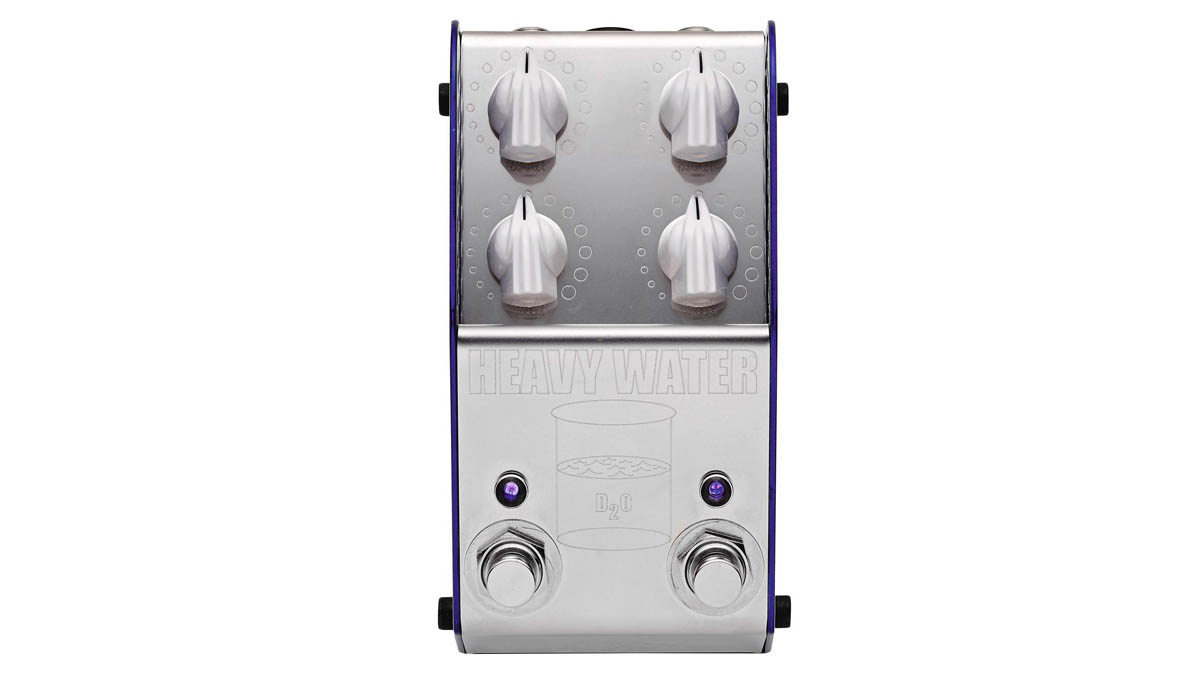
- PRICE: £189
- ORIGIN: UK
- TYPE: Dual boost pedal FEATURES: Buffered bypass CONTROLS: LHS Boost, LHS Lows, RHS Boost, RHS Lows, LHS bypass footswitch, RHS bypass footswitch
- CONNECTIONS: Standard input, standard output
- POWER: 9V DC adaptor (not supplied)
- DIMENSIONS: 65 (w) x 125 (d) x 53mm (h)
- CONTACT: ThorpyFX
The rivals
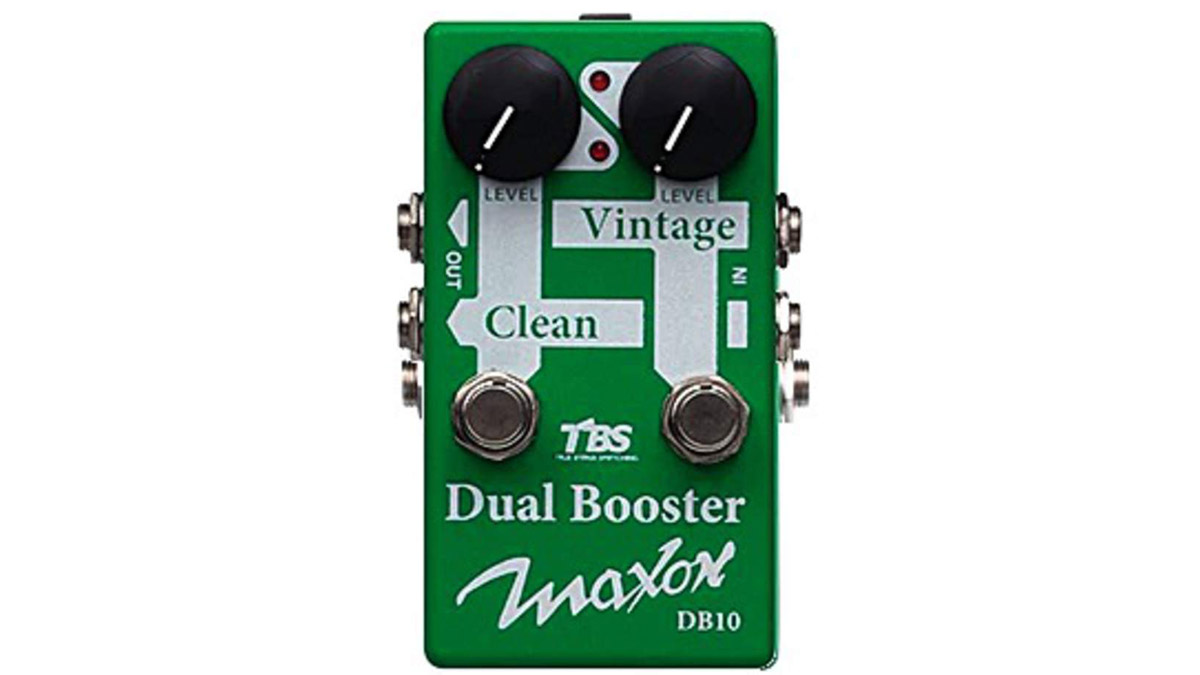
Maxon Dual Booster DB10 – $190 / £145
The DB10 features two completely independent boost circuits in a single compact housing, each with its own input and output jacks: the Clean channel is a transparent boost, and the Vintage channel is based on a classic treble booster.
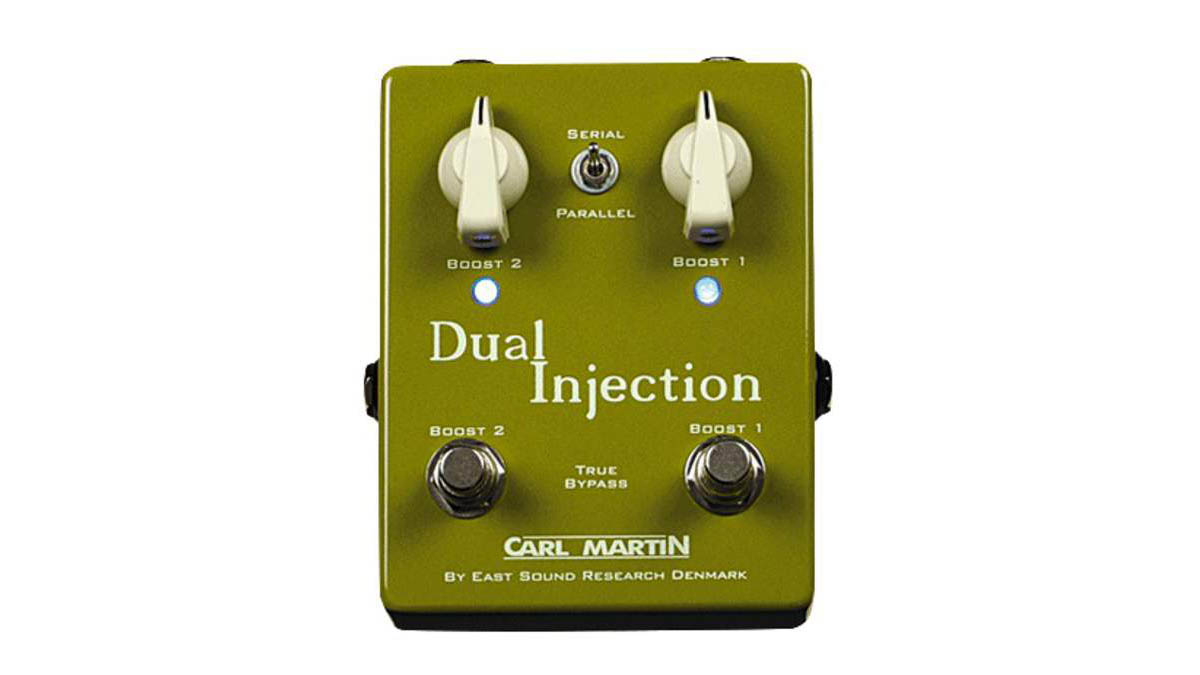
Carl Martin Dual Injection – £99
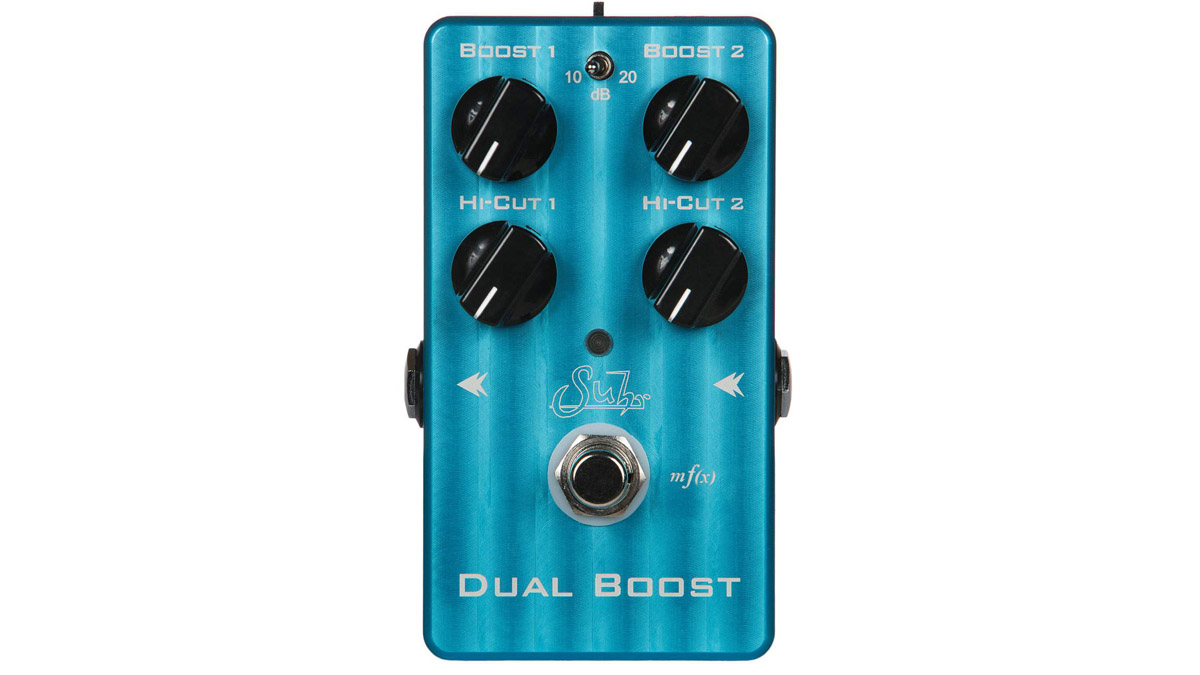
Suhr Dual Boost – $200 / £199
Suhr’s offering includes two independent boosts, each with its own Boost and Hi-Cut controls. There is only a single footswitch here, but you can switch from Boost 1 to Boost 2 by pressing and holding it for about a second.
Trevor Curwen has played guitar for several decades – he's also mimed it on the UK's Top of the Pops. Much of his working life, though, has been spent behind the mixing desk, during which time he has built up a solid collection of the guitars, amps and pedals needed to cover just about any studio session. He writes pedal reviews for Guitarist and has contributed to Total Guitar, MusicRadar and Future Music among others.
“The original Jordan Boss Tone was probably used by four out of five garage bands in the late ’60s”: Unpacking the gnarly magic of the Jordan Boss Tone – an actual guitar plug-in that delivers Dan Auerbach-approved fuzz
“This is a powerhouse of a stompbox that manages to keep things simple while offering endless inspiration”: Strymon EC-1 Single Head dTape Echo pedal review
